Lotus Might Source Volvo's Twincharged Engines; Esprit Successor Coming in 2020

For Lotus, life has been good under Geely. The British automaker is finally turning a profit again and now has access to more resources by way of its Chinese parent company. Presently, the brand only offers the light-and-nimble Evora for sale in the United States. But its global fleet isn’t exactly huge, either.
However, the plan calls for Lotus to expand through the introduction of a crossover vehicle, an entirely new sports car, and a rumored successor to the Esprit. The CUV, nearing the final stages of development, should take advantage of the Geely-owned Volvo SPA architecture (which underpins the XC60, among others). Lotus is also expected to adopt powertains from its kindred companies, which could include electrified units from Polestar and Volvo’s twincharged applications.
It’s unlikely the brand will set any horsepower records, which is fine (as that isn’t Lotus’ style), but the new motors should do the trick. Besides, who wouldn’t want to brag that their sports car is turbocharged and supercharged?
Lotus boss Jean-Marc Gales anticipates the flagship coupe will arrive in 2020, according to a report from Autocar. He claims the vehicle will be lighter than the Evora, which sits at 3,179 lbs in its heaviest configuration, and decidedly more lavish. Basically a new Esprit, Gales said the car’s formula is “efficiency, aerodynamics, agility and braking working together in balance.”
Still, defeating the Evora GT430 in terms of performance and plushness will be a difficult task if Lotus also wants to keep the weight down. To best it, the new model should output similar numbers or better. Fortunately, Volvo already has motors that could do the job. The electrified, supercharged, and turbocharged T8 hybrid already makes 400 horsepower wedged inside the XC90. There’s an even burlier four-cylinder hybrid making its way into the Polestar 1, too. Both of these could be engineered to suit Lotus’ needs and deliver a vehicle that’s economical when it needs to be and raucous the rest of the time.
Gales said Lotus would probably adopt powertrains from other divisions within Geely, but intendeds to stick with Toyota-sourced units for the immediate future. The smallest of those is the 1.6-liter 1ZR-FAE residing in the base Elise, whereas the biggest is the 3.5-liter 2GR-FE V6 housed in the center of the aforementioned Evora GT430.
“Crossovers can be hybrid or full electric,” said Gales. “There are some years left for combustion engines in sports cars, but maybe a mild hybrid would work.” The only downside we see with electrification is weight. If Lotus wants to keep its vehicles light, adding a battery pack isn’t the way to go. So, a mild-hybrid system may be as deep as the company is willing to dive into electrification for vehicles that need to keep a trimmer waist.
The CEO did say Lotus is open to using fully electric powertrains once the technology evolves.

A staunch consumer advocate tracking industry trends and regulation. Before joining TTAC, Matt spent a decade working for marketing and research firms based in NYC. Clients included several of the world’s largest automakers, global tire brands, and aftermarket part suppliers. Dissatisfied with the corporate world and resentful of having to wear suits everyday, he pivoted to writing about cars. Since then, that man has become an ardent supporter of the right-to-repair movement, been interviewed on the auto industry by national radio broadcasts, driven more rental cars than anyone ever should, participated in amateur rallying events, and received the requisite minimum training as sanctioned by the SCCA. Handy with a wrench, Matt grew up surrounded by Detroit auto workers and managed to get a pizza delivery job before he was legally eligible. He later found himself driving box trucks through Manhattan, guaranteeing future sympathy for actual truckers. He continues to conduct research pertaining to the automotive sector as an independent contractor and has since moved back to his native Michigan, closer to where the cars are born. A contrarian, Matt claims to prefer understeer — stating that front and all-wheel drive vehicles cater best to his driving style.
More by Matt Posky
Latest Car Reviews
Read moreLatest Product Reviews
Read moreRecent Comments
- SCE to AUX Norway is in Europe, and Tesla is an American automaker - no problems there.I wouldn't use Ford as the bellwether.https://www.reuters.com/business/autos-transportation/tesla-extends-lead-norway-evs-take-record-82-market-share-2024-01-02/https://elbil.no/english/norwegian-ev-policy/
- Steve Biro If the U.S. government wants to talk about banning all connected cars - or at least the collection and sharing of information from said vehicles - I’m all ears. Otherwise, don’t waste my time.
- Ajla Both parties are in favor of banning Chinese vehicles so I don't see how it won't happen in the next year.
- Add Lightness I don't waste a lot of time watching nothing much happening by watching the YouTube 6 minute highlights.
- MrIcky from my rental fleet experience, id rather drive one of these than a camry.



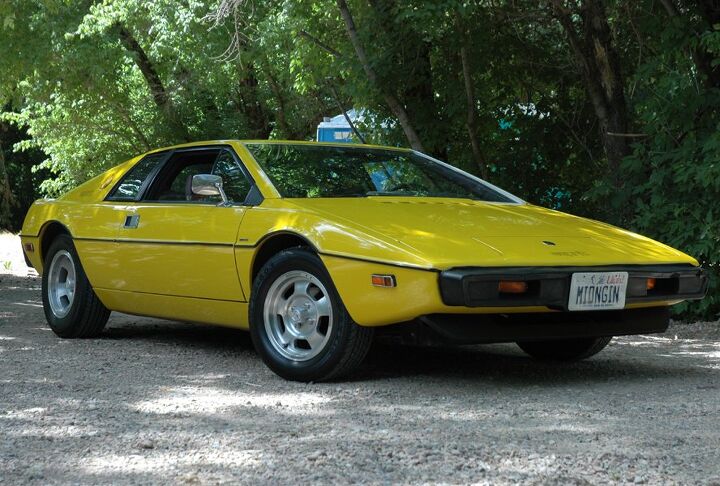












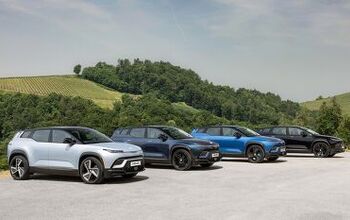


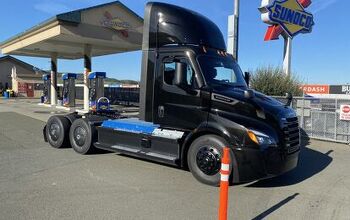
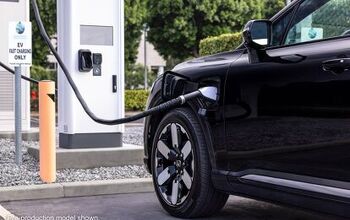
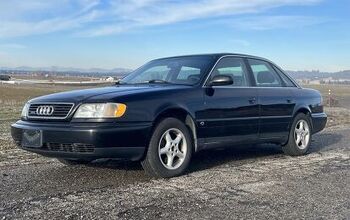





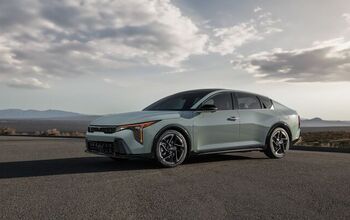
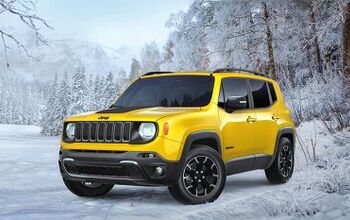

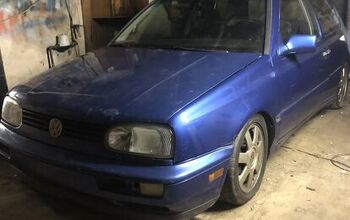

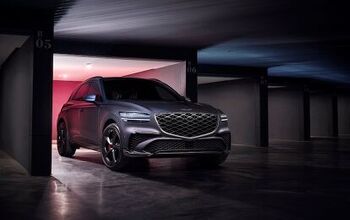
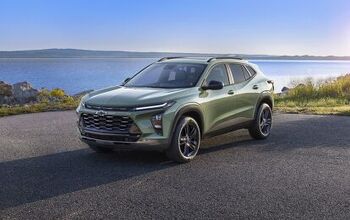
Comments
Join the conversation
Why can I not stop looking at the porta-potty behind it? Age? Prostate?
It'll be interesting to see if Lotus also adopts Volvo's electronics architecture. Unless the goal is true anachronism, a la Morgan, any premium car that's expected to sell in volume is going to need a modern electronics stack, and Lotus hasn't got the parentage or self-contained resources to just develop one. Plus, with Volvo, there's precedent. As we know, Aston Martin started Volvo's then-current electronics architecture around 2005 (as both companies were under Ford) with the Vantage, and only just stopped using it with the advent of the DB11 and new Vantage...which have Mercedes-AMG electronics and interfaces.